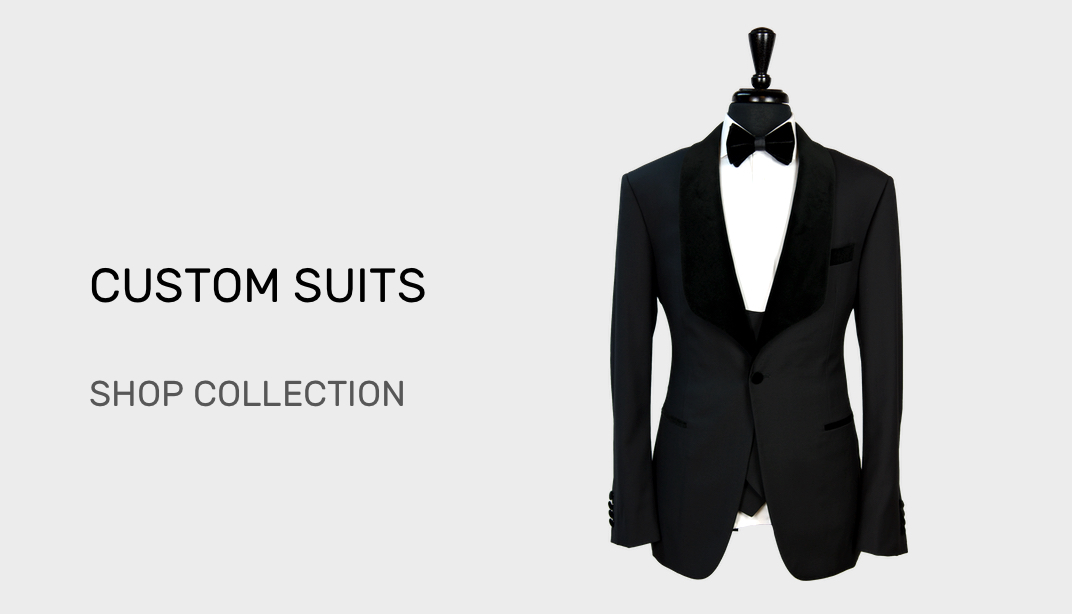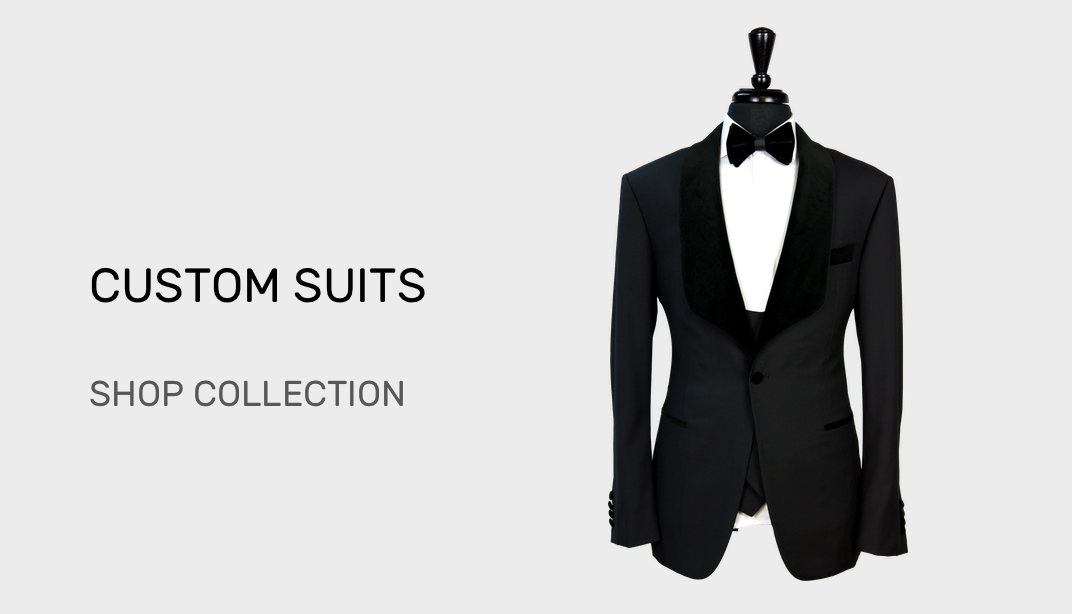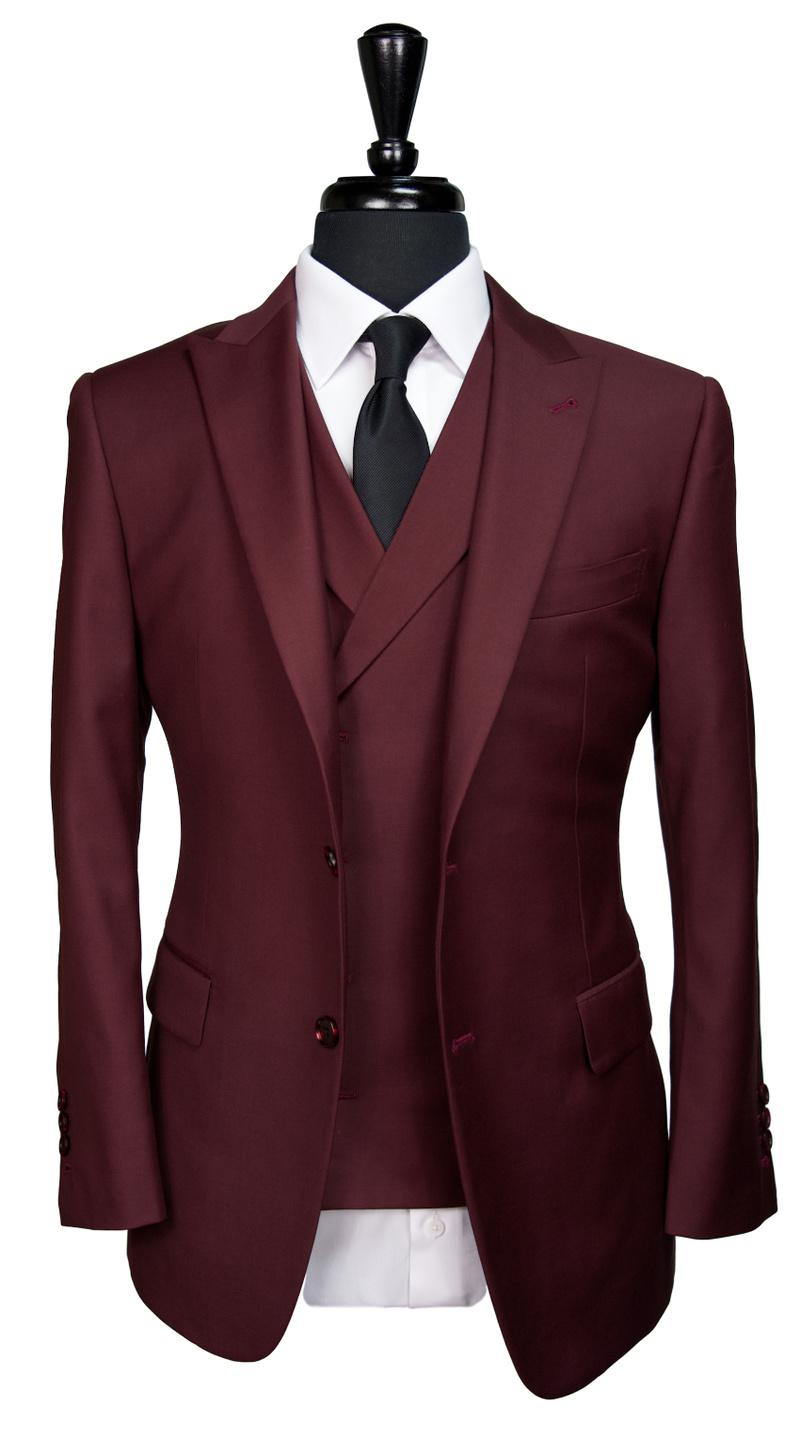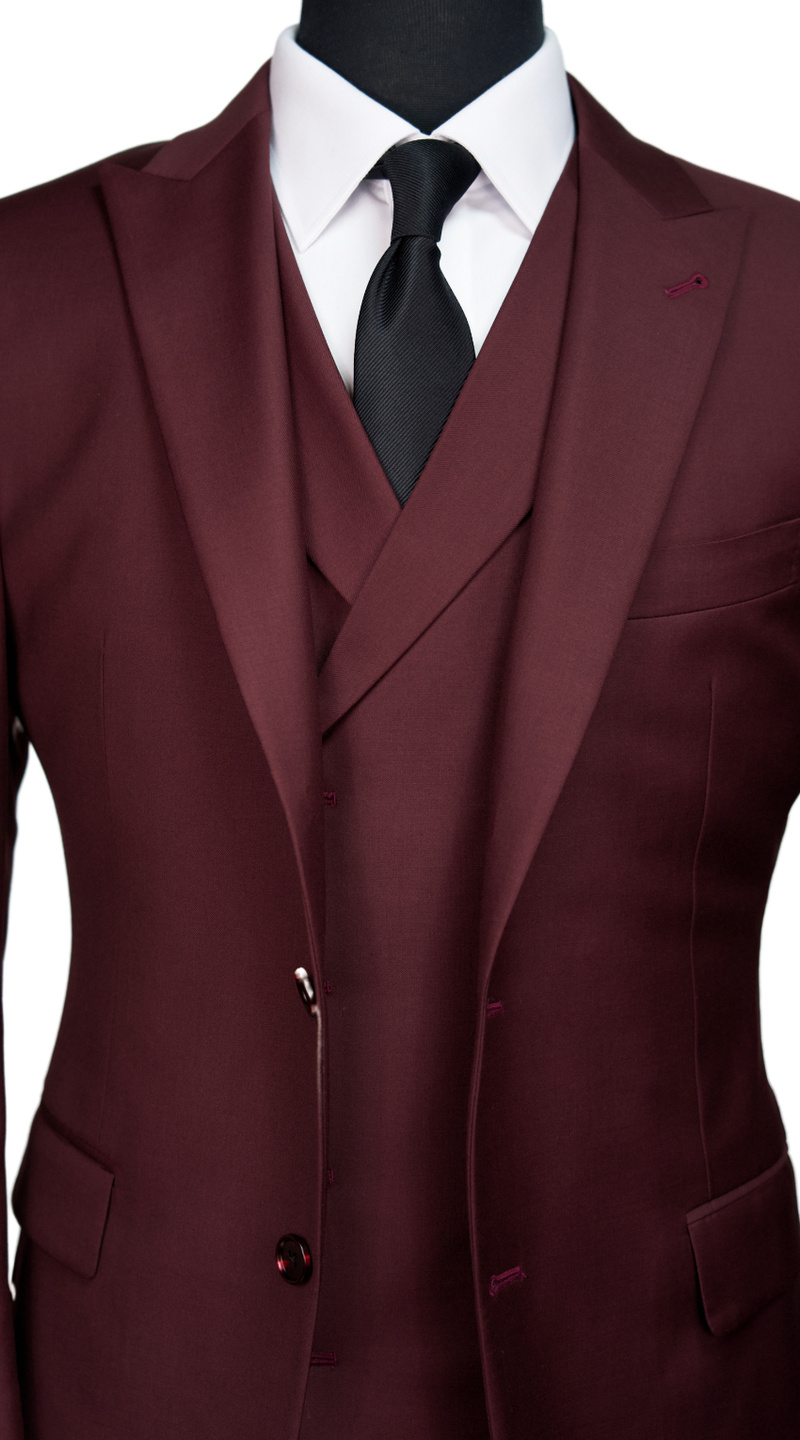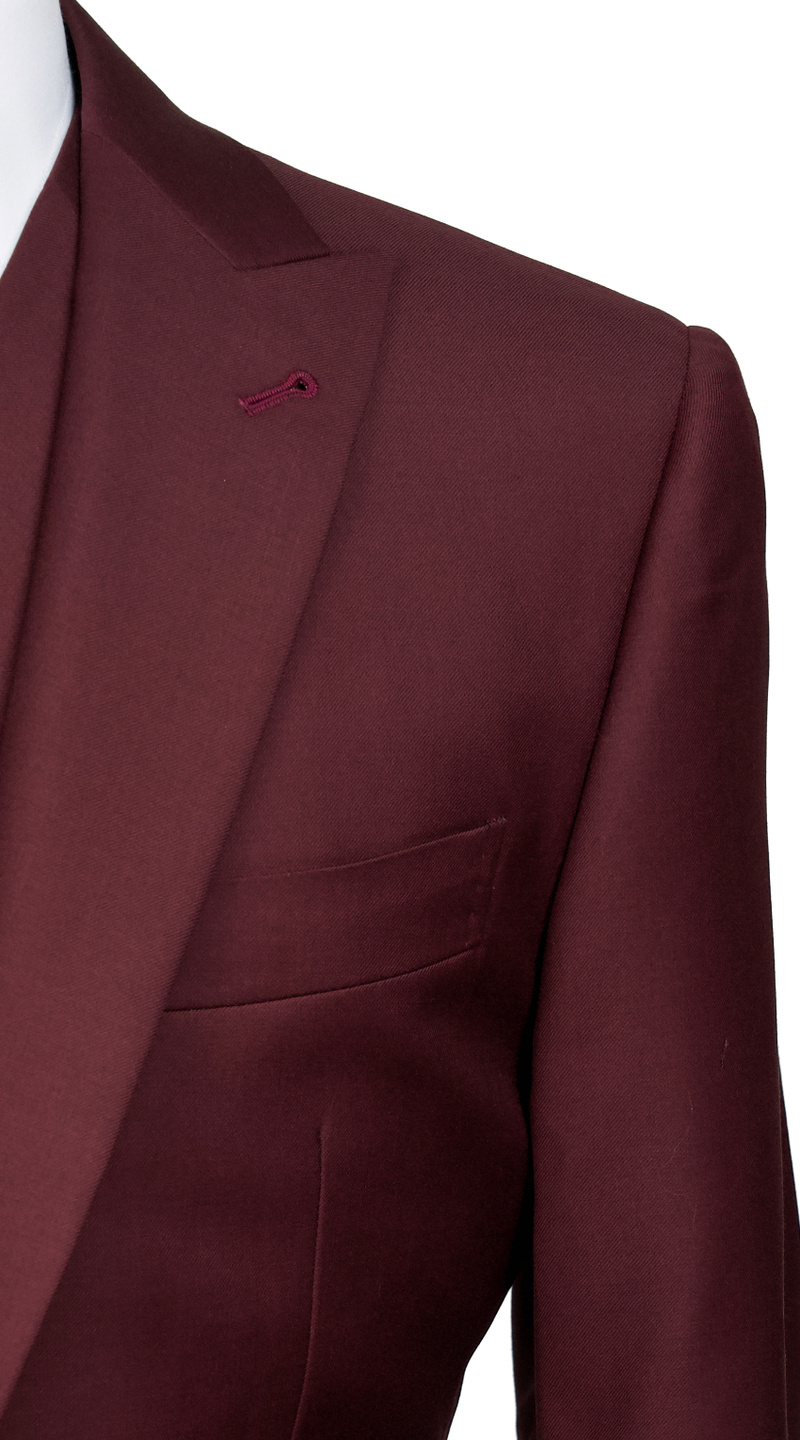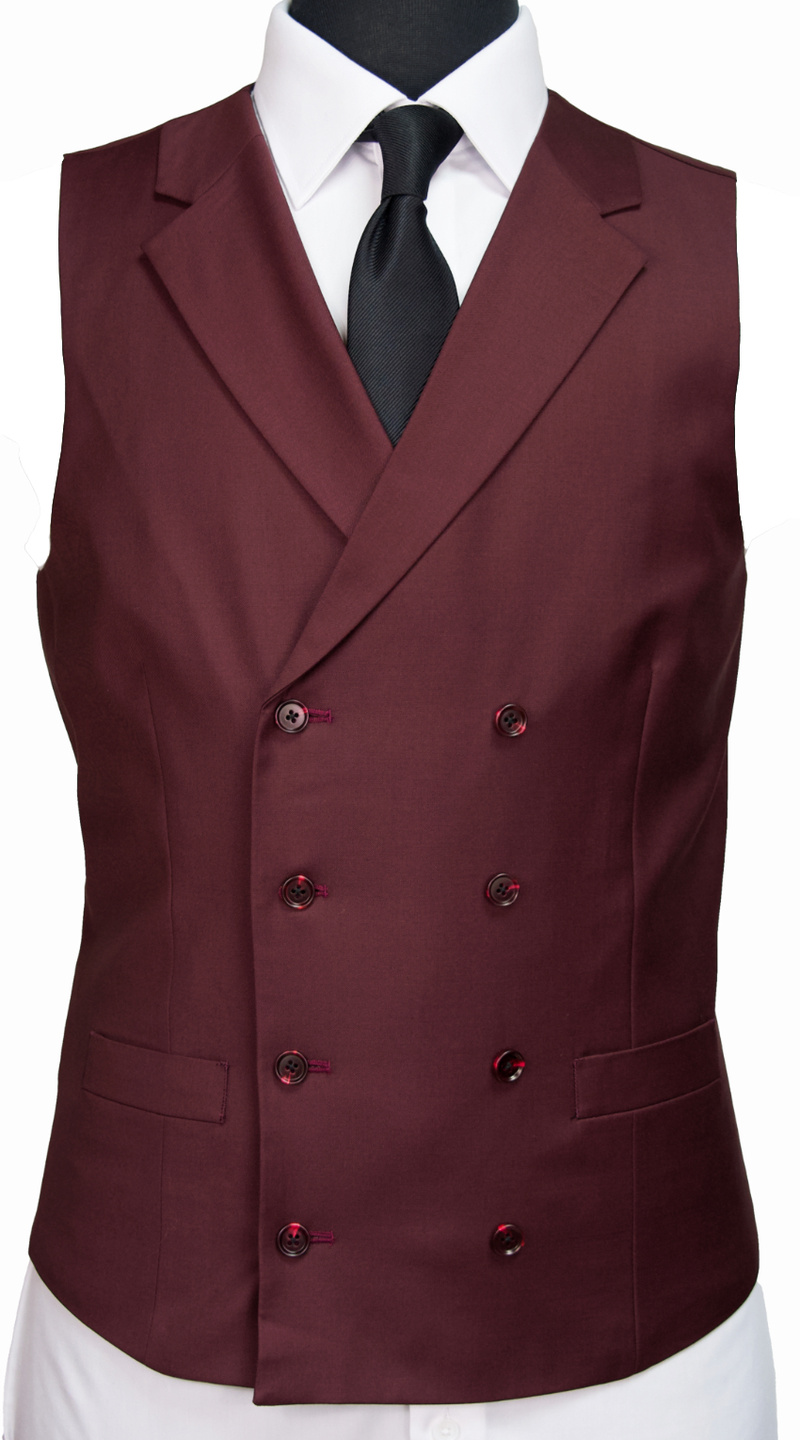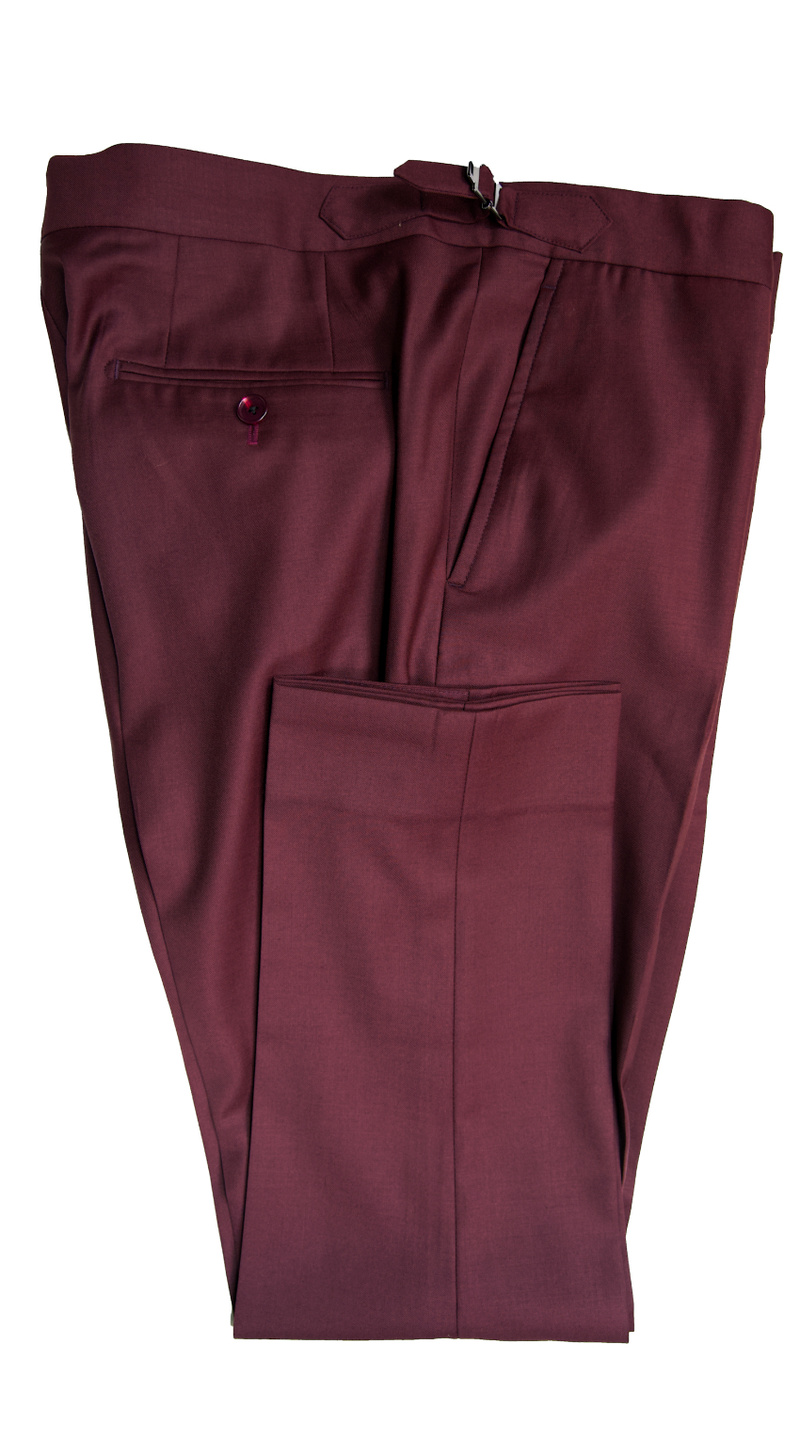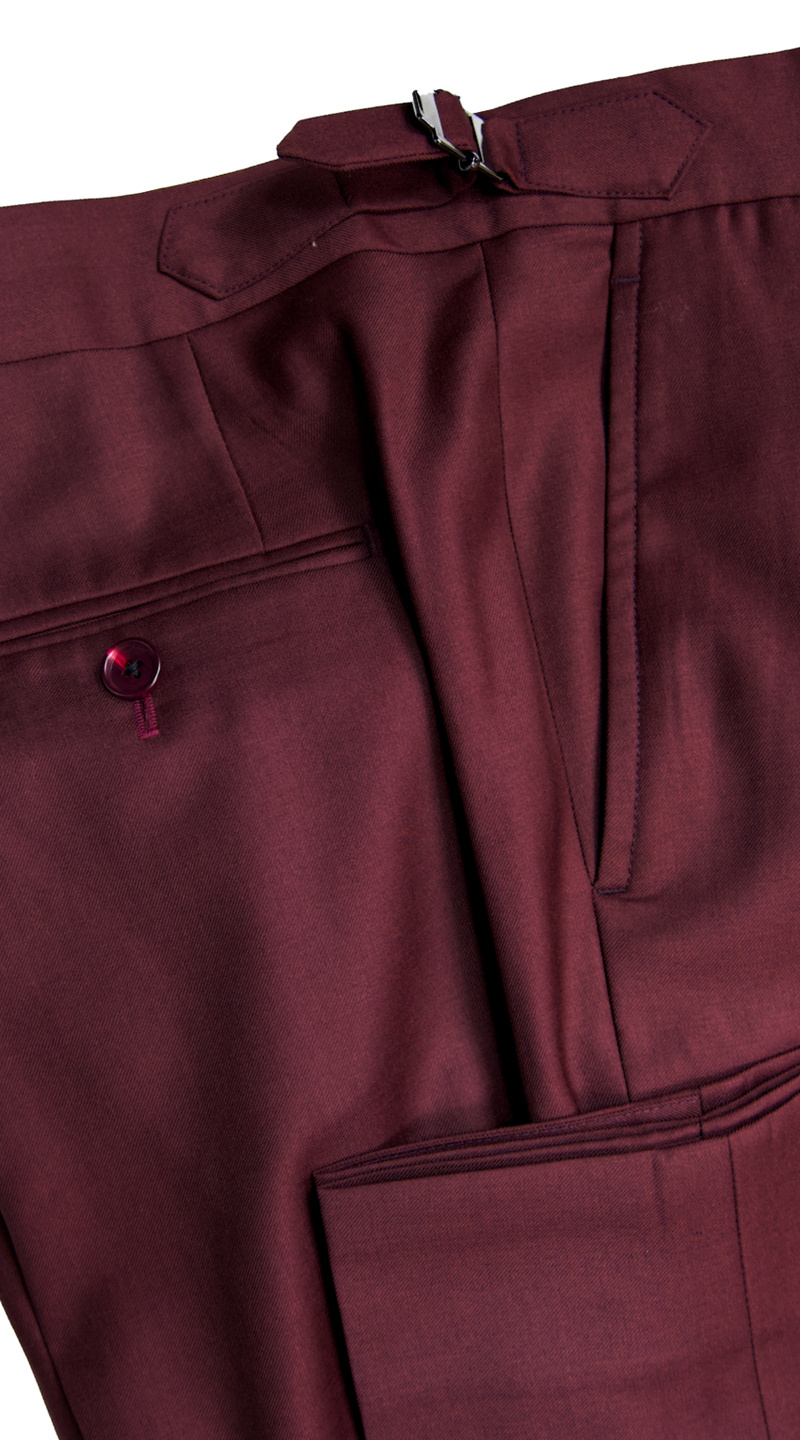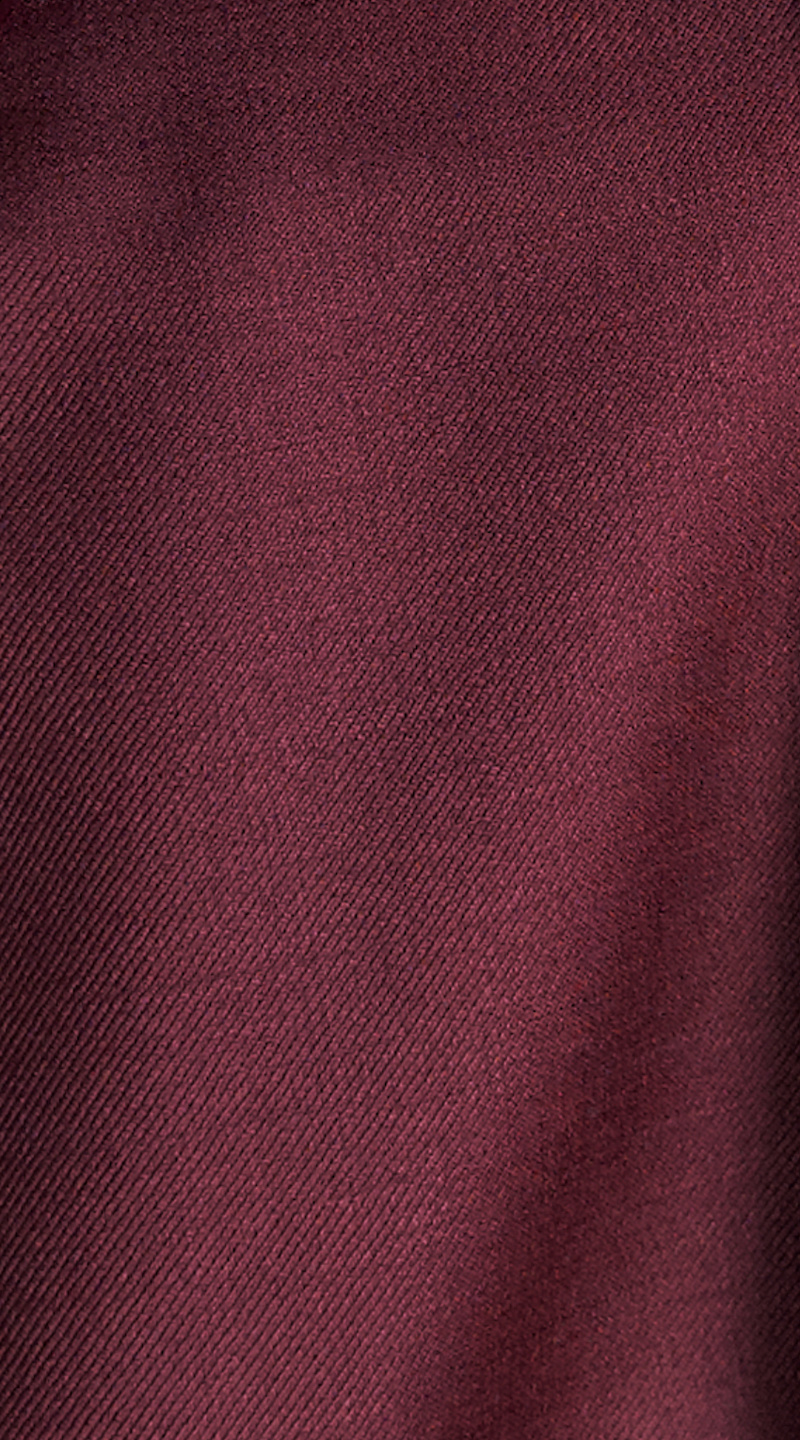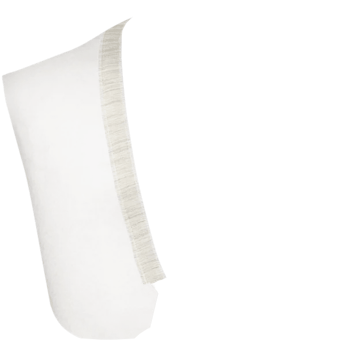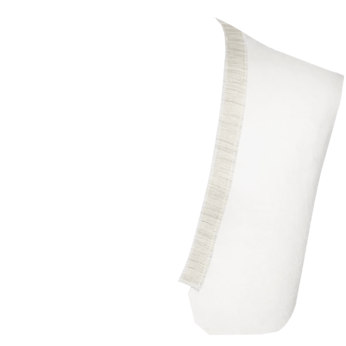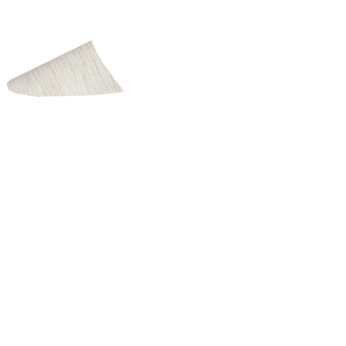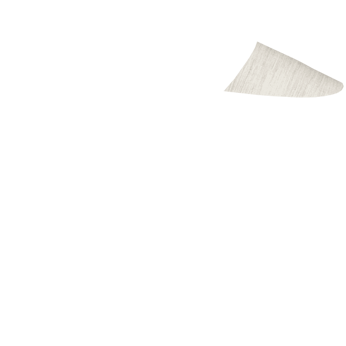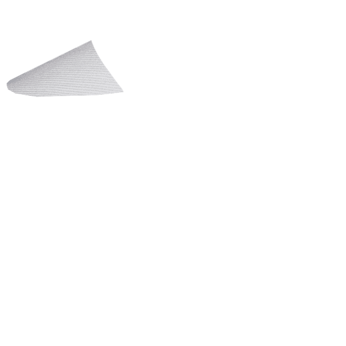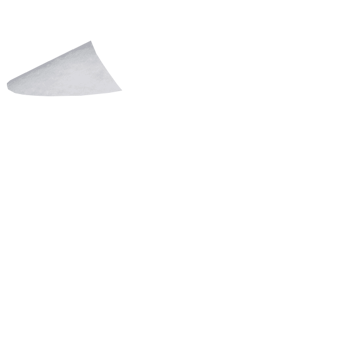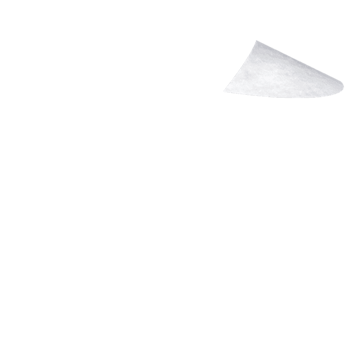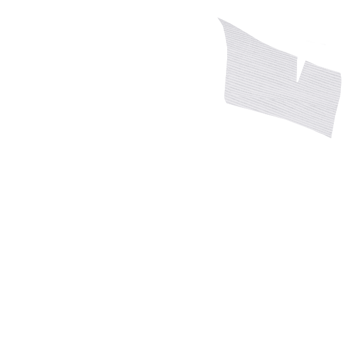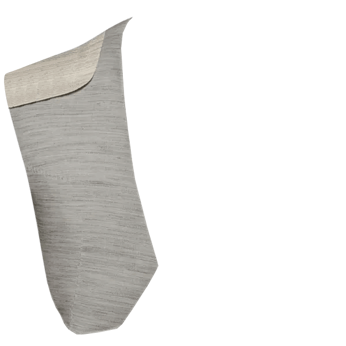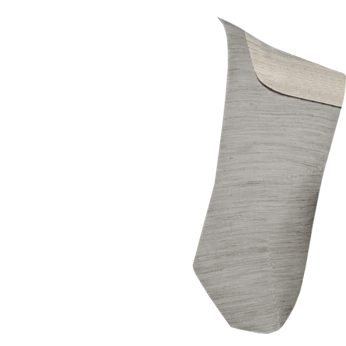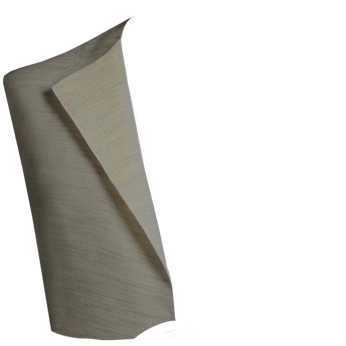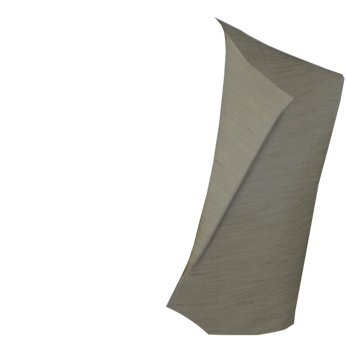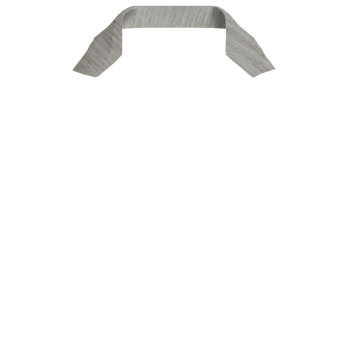-
MENSWEAR
-
Questions?
Schedule Appointment Schedule Virtual Consultation
Talk to us on our Live Chat or call us at 1-855-979-SUIT(7848)
-
-
WOMENSWEAR
-
Questions?
Schedule Appointment Schedule Virtual Consultation
Talk to us on our Live Chat or call us at 1-855-979-SUIT(7848)
-
-
DESIGN
-
Questions?
Schedule Appointment Schedule Virtual Consultation
Talk to us on our Live Chat or call us at 1-855-979-SUIT(7848)
-
-
SHOWROOMS
-
Questions?
Schedule Appointment Schedule Virtual Consultation
Talk to us on our Live Chat or call us at 1-855-979-SUIT(7848)
-
- Book Appointment







Maroon Suit
SKU :
MK.A_7
$1700
The Details
This custom-made maroon suit is the perfect way to make a statement at any event. Its deep maroon hue lends a luxurious and sophisticated touch, while the peak lapels, double-breasted notch waistcoat, and comfortable silky drape add an extra touch of stylishness. Perfect for the fashion-forward man looking to stand out from the crowd, this suit can be styled to create the perfect outfit for any occasion. Whether you're attending a formal wedding or a black-tie gala, you'll look sharp and polished in this custom-made maroon suit. Complete the look with a crisp white shirt and classic black tie, or dress it down with a patterned shirt and bold pocket square for a trendier look.
| Sku | MK.A_7 |
|---|---|
| Fabric | 100% Wool |
| Weight | 240 g/m |
| Yarn | Super 120's |
| Season | 4 Season |
| Style | Formal |
| Pattern | Solids |
| Category | 3-Piece |
| Construction | Half Canvas, Full Lining |
| Collection | Premium |
Customer Reviews (25)
Average rating 4.80/5
Add Your Review
-
“I recently got fitted in person at the SUITABLEE showroom and it was a truly remarkable experience. The infrared scanner used to measure my body measurements was especially impressive. The showroom stylists were also incredibly knowledgeable and helpful. I was especially pleased with the 4-week turnaround time. I've worn my custom-made maroon suit to a few events and the compliments keep coming - people can't believe I got it custom-made! Highly recommend SUITABLEE and their exquisite suits! ”
Dennis B. - Denver, CO
-
“I recently got my custom-made maroon suit from SUITABLEE and I'm beyond satisfied with the quality. The fabric is top-notch and the fit is precise. The customer service was also outstanding, they were very helpful and responsive in answering my questions. I also really appreciated the virtual appointments, the 4-week turnaround time and the fact that SUITABLEE helps guide local tailors for alterations and even alters garments free of charge. Highly recommend SUITABLEE - they've surpassed all of their competitors. ”
Marius H. - Venetia, PA
-
“I recently got fitted for a custom-made maroon suit from SUITABLEE and I absolutely love it! The fabric is of great quality and the fit is perfect. The customer service was also great and they responded to my queries quickly. I was especially impressed with the virtual appointments and the 4-week turnaround time. I've worn the suit to a few weddings and the compliments keep coming - people can't believe I got it custom-made! Highly recommend SUITABLEE and their beautiful suits! ”
Jeremy L. - Glen Oaks, NY
-
“I recently got a custom-made maroon suit from SUITABLEE and overall I'm very pleased with the experience. The suit itself is of great quality and the fit was perfect. The customer service was also great and they responded to my queries quickly. I was especially impressed with the virtual appointments and the 4-week turnaround time. However, I did find the local tailors they recommended for alterations to be a bit pricey. ”
Alejandro R. - Miami, FL
-
“I'm so impressed with the quality of my custom-made maroon suit from SUITABLEE! The fabric is top-notch and the fit is perfect. It's definitely better than anything I could have found in stores. The customer service was also great - they were very responsive and helpful in answering my questions. I also really appreciated the virtual appointments and the 4-week turnaround time. I can confidently say that SUITABLEE has beaten all of its competitors such as Surmesur, Blandin & Delloye, Suitsupply, Indochino, and Harry Rosen. ”
Scott Batista - Pierrefonds, QC
Half-Canvassed Construction
Our suits are constructed with 2/3 of horsehair interlining that helps create a slight stiffness and a spring texture, fighting away wrinkles, while offering you a crisp and clean look throughout the chest, stomach and lapel. This guarantees a good build for the top section of your suit instead of a firm and inactive build like many fused suits. This construction offers durability, as it distributes the tension from different stress points around your shoulders and chest.
FAQ
What fabrics do you use for your suits?
We work with the best mills in the world to create our own brand of fabrics. All our fabrics are of premium quality, 100% wool. We also have merino wool available. They originate from either the United Kingdom, Italy or Australia.
Where are your suits made?
Our suits are meticulously crafted with designs and patterning originating in Montreal, Canada. We source our fabrics from Italy, the UK, or Australia. The laser cutting phase is conducted in Asia, while the final assembly and rigorous quality control take place in Montreal, ensuring exceptional standards.
How are your suits constructed?
By default, all our suits are a half canvassed. For a full canvas construction, please contact us. We can add it to your order for an additional 200$.
OUR FIT GUARANTEE!
If you are not pleased with the fit of your garment, you can either send it back and we’ll remake it for you or have your local tailor alter it and we’ll pick up the tab! Our goal is to master your fit the first time so that we can make your future suits identical to your ideal fit preference.
Continue Reading
The Details
Customer Reviews (25)
Average rating 4.80/5
Add Your Review
-
“I recently got fitted in person at the SUITABLEE showroom and it was a truly remarkable experience. The infrared scanner used to measure my body measurements was especially impressive. The showroom stylists were also incredibly knowledgeable and helpful. I was especially pleased with the 4-week turnaround time. I've worn my custom-made maroon suit to a few events and the compliments keep coming - people can't believe I got it custom-made! Highly recommend SUITABLEE and their exquisite suits! ”
Dennis B. - Denver, CO
-
“I recently got my custom-made maroon suit from SUITABLEE and I'm beyond satisfied with the quality. The fabric is top-notch and the fit is precise. The customer service was also outstanding, they were very helpful and responsive in answering my questions. I also really appreciated the virtual appointments, the 4-week turnaround time and the fact that SUITABLEE helps guide local tailors for alterations and even alters garments free of charge. Highly recommend SUITABLEE - they've surpassed all of their competitors. ”
Marius H. - Venetia, PA
-
“I recently got fitted for a custom-made maroon suit from SUITABLEE and I absolutely love it! The fabric is of great quality and the fit is perfect. The customer service was also great and they responded to my queries quickly. I was especially impressed with the virtual appointments and the 4-week turnaround time. I've worn the suit to a few weddings and the compliments keep coming - people can't believe I got it custom-made! Highly recommend SUITABLEE and their beautiful suits! ”
Jeremy L. - Glen Oaks, NY
-
“I recently got a custom-made maroon suit from SUITABLEE and overall I'm very pleased with the experience. The suit itself is of great quality and the fit was perfect. The customer service was also great and they responded to my queries quickly. I was especially impressed with the virtual appointments and the 4-week turnaround time. However, I did find the local tailors they recommended for alterations to be a bit pricey. ”
Alejandro R. - Miami, FL
-
“I'm so impressed with the quality of my custom-made maroon suit from SUITABLEE! The fabric is top-notch and the fit is perfect. It's definitely better than anything I could have found in stores. The customer service was also great - they were very responsive and helpful in answering my questions. I also really appreciated the virtual appointments and the 4-week turnaround time. I can confidently say that SUITABLEE has beaten all of its competitors such as Surmesur, Blandin & Delloye, Suitsupply, Indochino, and Harry Rosen. ”
Scott Batista - Pierrefonds, QC
Half-Canvassed Construction
Our suits are constructed with 2/3 of horsehair interlining that helps create a slight stiffness and a spring texture, fighting away wrinkles, while offering you a crisp and clean look throughout the chest, stomach and lapel. This guarantees a good build for the top section of your suit instead of a firm and inactive build like many fused suits. This construction offers durability, as it distributes the tension from different stress points around your shoulders and chest.
FAQ
What fabrics do you use for your suits?
We work with the best mills in the world to create our own brand of fabrics. All our fabrics are of premium quality, 100% wool. We also have merino wool available. They originate from either the United Kingdom, Italy or Australia.
Where are your suits made?
Our suits are meticulously crafted with designs and patterning originating in Montreal, Canada. We source our fabrics from Italy, the UK, or Australia. The laser cutting phase is conducted in Asia, while the final assembly and rigorous quality control take place in Montreal, ensuring exceptional standards.
How are your suits constructed?
By default, all our suits are a half canvassed. For a full canvas construction, please contact us. We can add it to your order for an additional 200$.
OUR FIT GUARANTEE!
If you are not pleased with the fit of your garment, you can either send it back and we’ll remake it for you or have your local tailor alter it and we’ll pick up the tab! Our goal is to master your fit the first time so that we can make your future suits identical to your ideal fit preference.
Continue Reading
How tall are you?
5'4"
5'5"
5'6"
5'7"
5'8"
5'9"
5'10"
5'11"
6'0"
6'1"
6'2"
6'3"
6'4"
6'5"
6'6"
6'7"
Something else:
ft
in
Enter a valid height from 4'1" to 7'0".
Please choose height!
How much do you weigh?
140
145
150
155
160
165
170
175
180
185
190
195
200
205
210
215
Something else:
lbs
Enter a weight between 85–600 lbs.
Please choose weight!
What is your suit jacket size?
28
30
32
34
36
38
40
42
44
46
48
50
52
54
56
58
60
Please choose jacket size!
What best describes your shoulders?
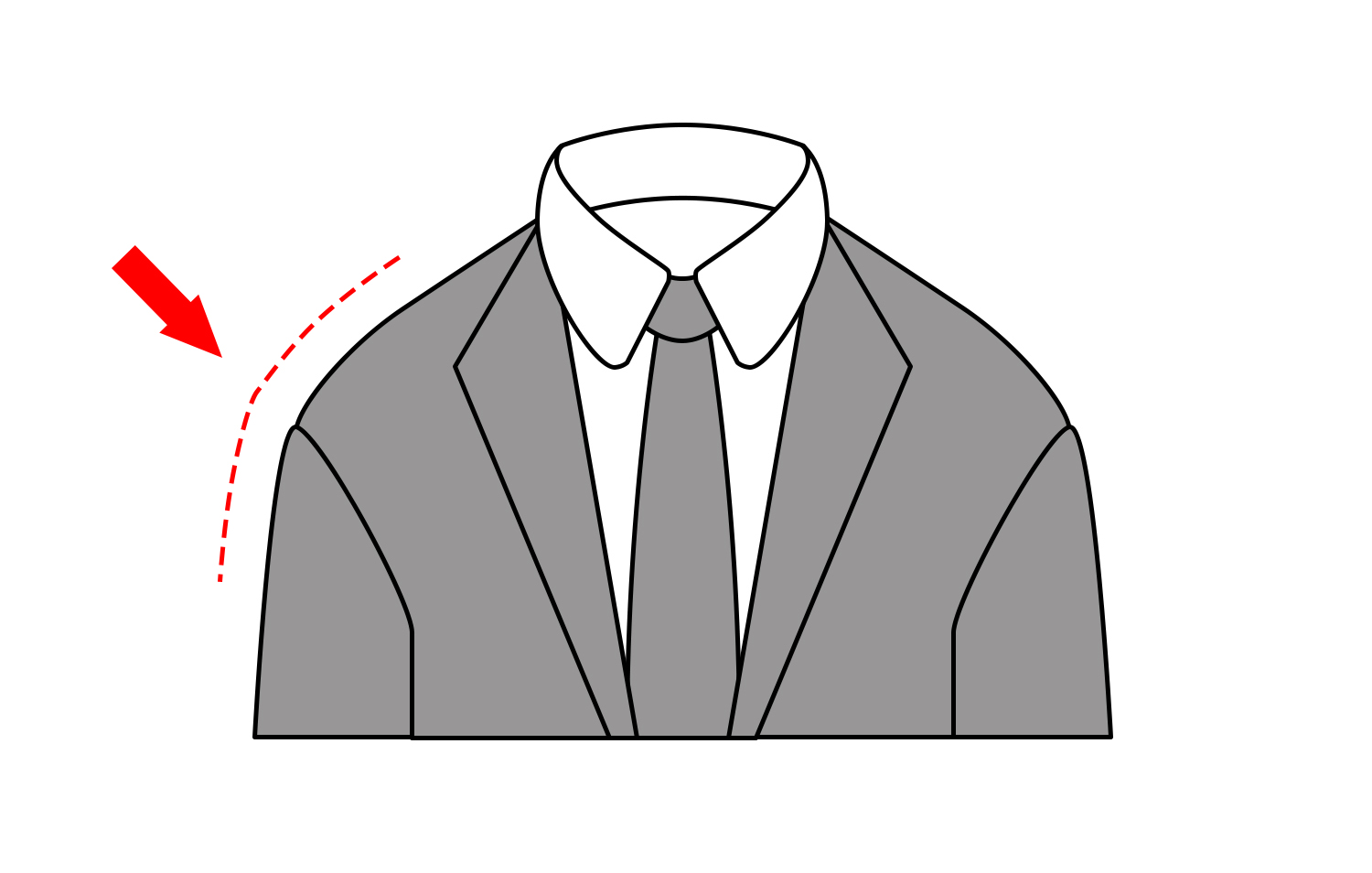 Sloping
Sloping
 Normal
Normal
 Square
Square
Please choose shoulders!
What best describes your chest?
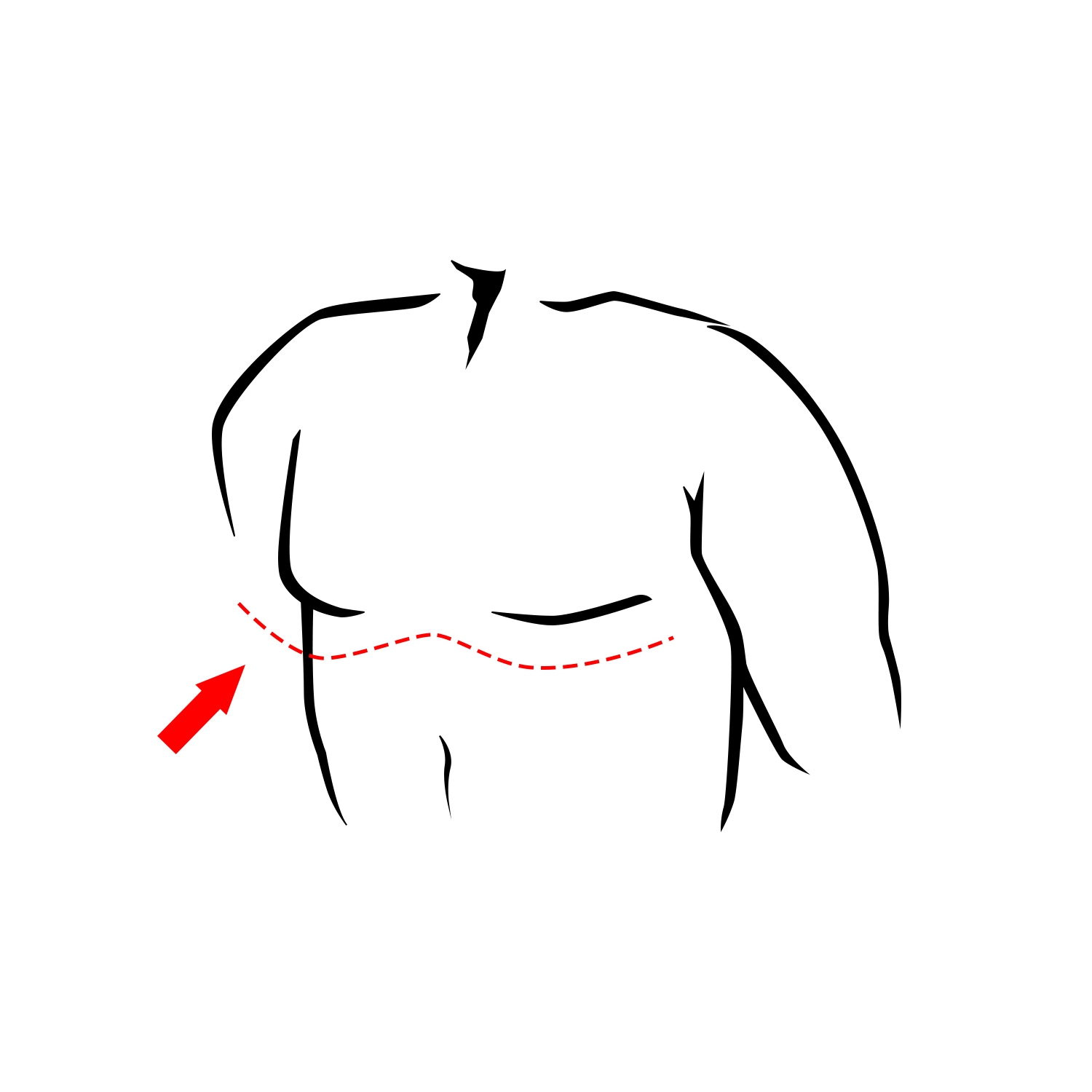 Normal
Normal
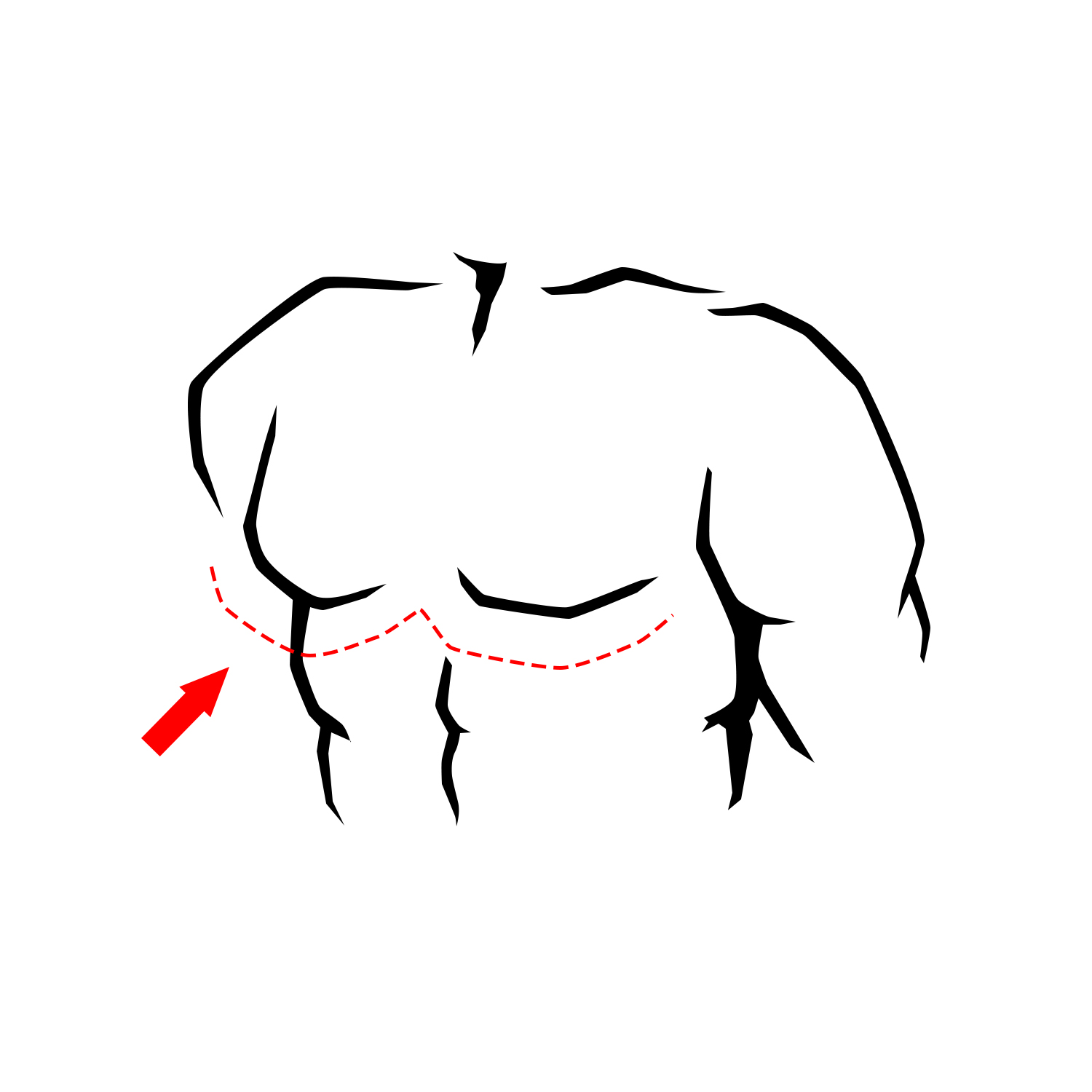 Muscular
Muscular
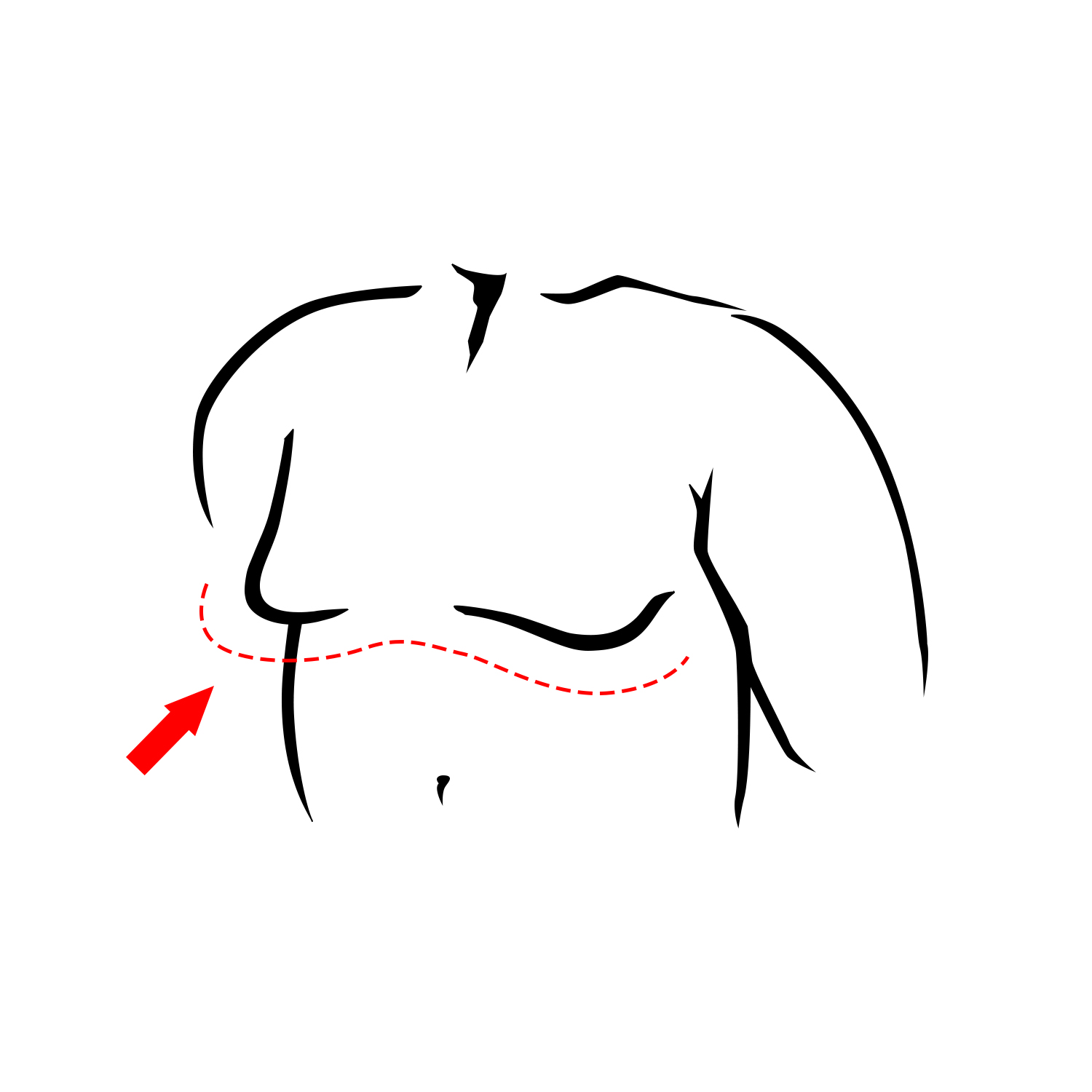 Husky
Husky
Please choose chest!
What best describes your stomach?
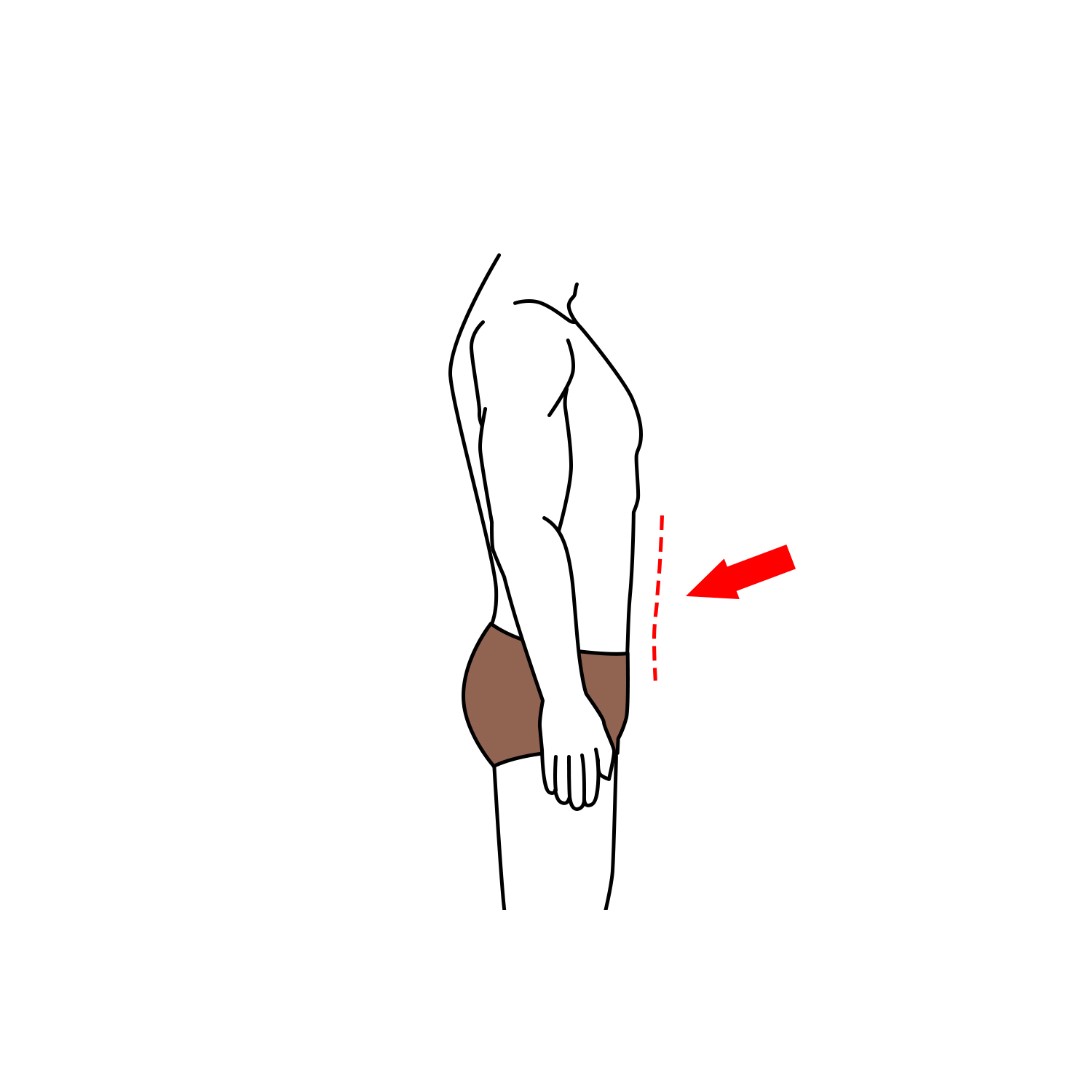 Flat
Flat
 Normal
Normal
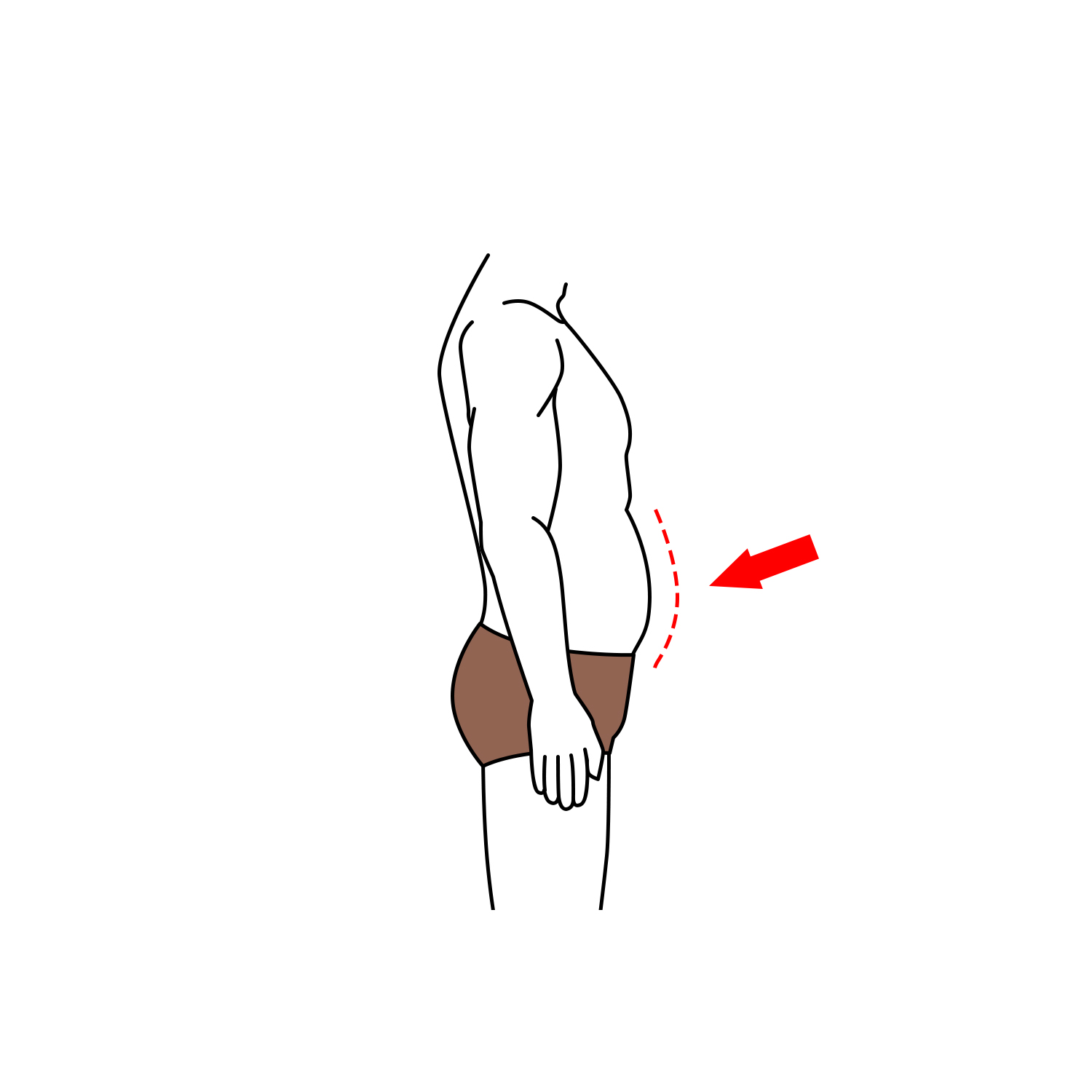 Rounded
Rounded
Please choose stomach!
What best describes your posture?
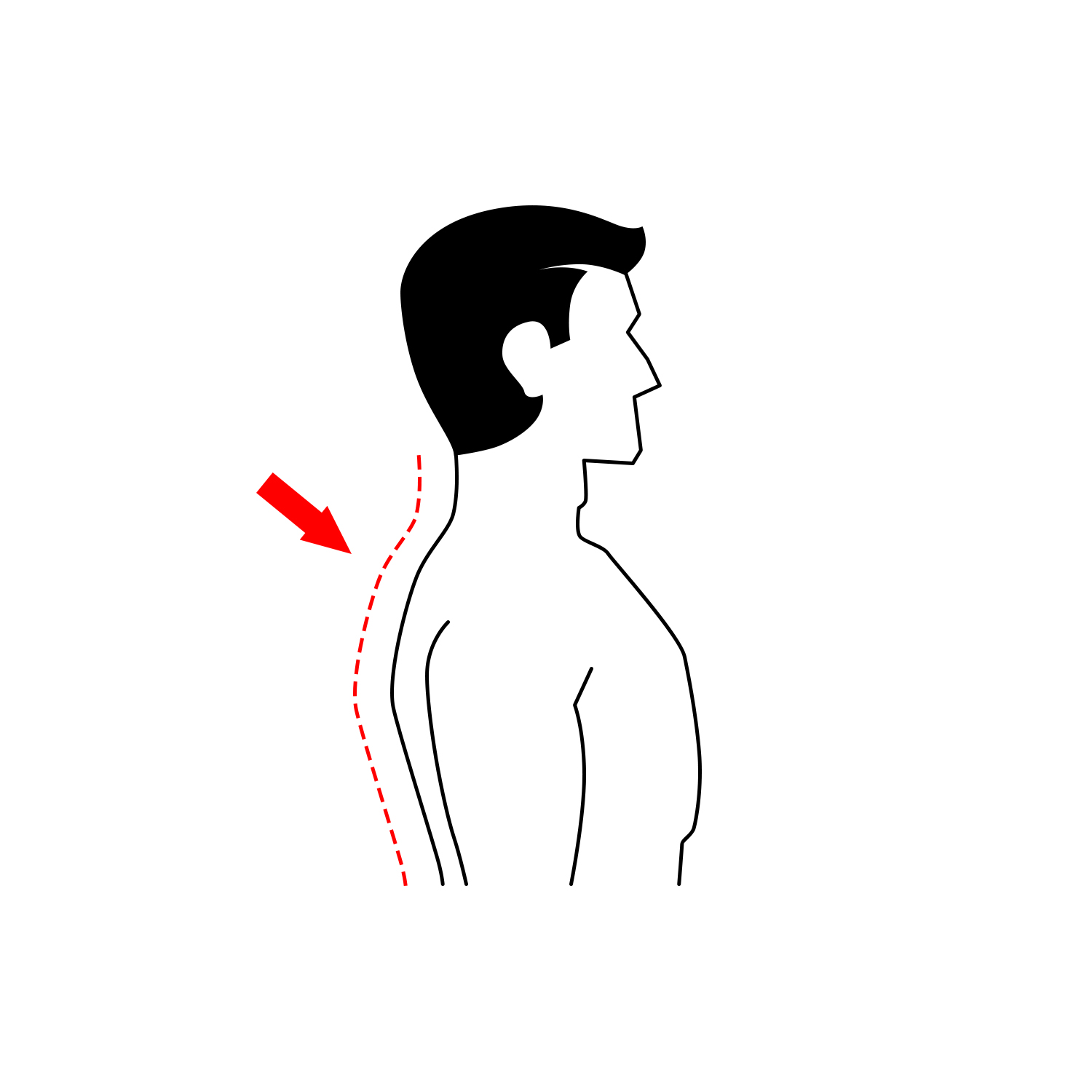 Slightly hunched
Slightly hunched
 Normal
Normal
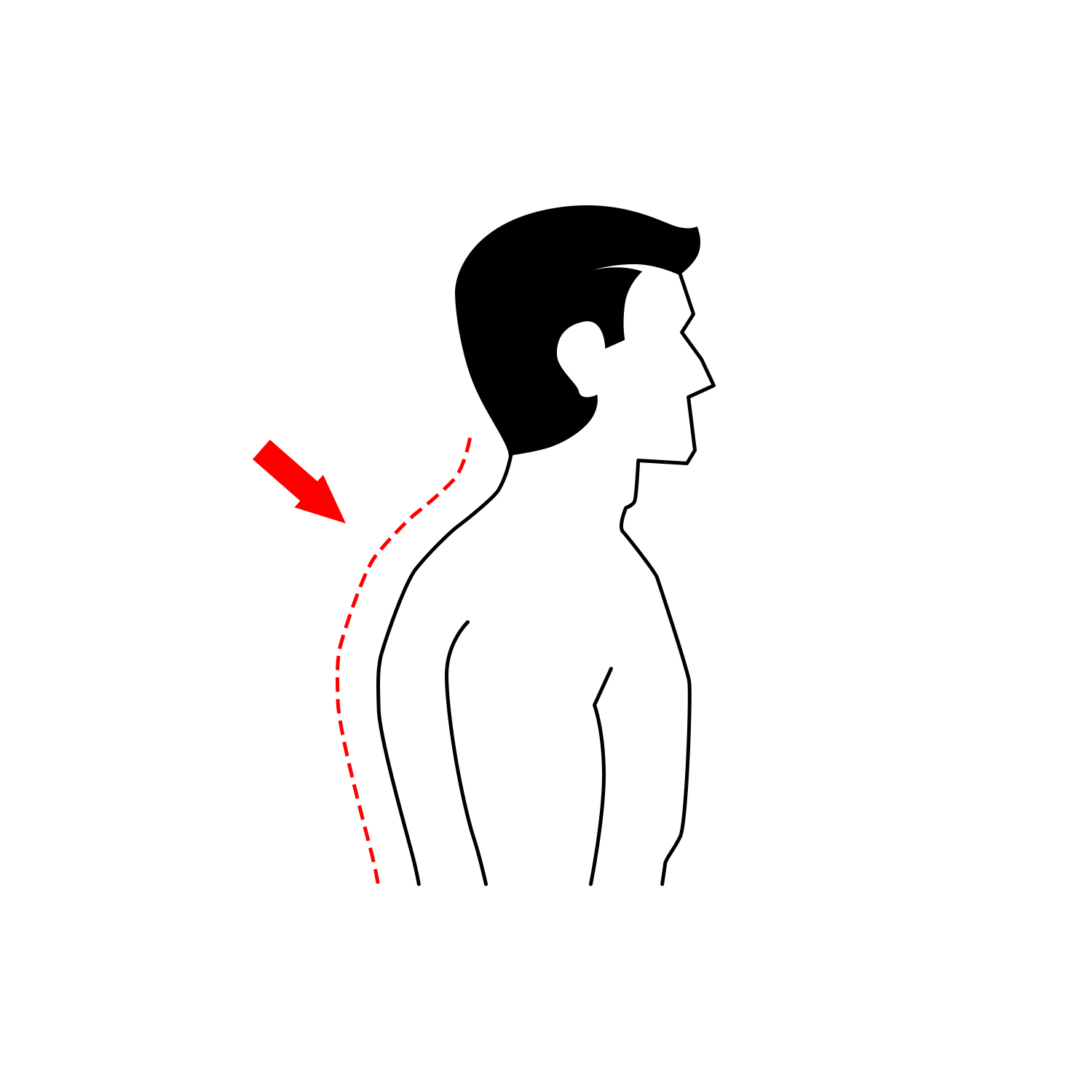 Hunched
Hunched
Please choose posture!
How would you characterize the length of your arms?
Please choose the length of your arms!
What size pants do you wear?
24
26
28
30
32
34
36
38
40
42
44
46
48
50
52
54
Please choose size pants!
How would you describe your thighs and buttocks?
Average
Muscular
Thin
Stocky
Please choose thighs and buttocks!
What fit do you like on your pants?
EXTRA SLIM Slim hips and thighs with a tapered ankle.
SLIM Modern, comfortable, slim, stylish with a tapered ankle.
CLASSIC Room for the crotch and thighs with an untapered and straight leg.
Please choose fit!
What length of pants do you like?
SHORT No break. The pants don’t or barely touch your shoes.
AVERAGE Medium break. Your pants touch the front of your shoe with a slight break. Most of your ankle is hidden.
LONG Full break. Your pants touch the from of your shoe creating a full crease. Your whole ankle is covered.
Please choose length of pants!






